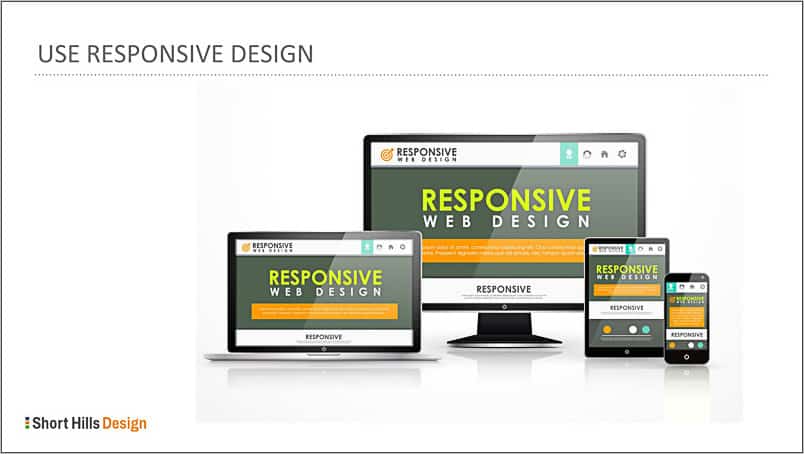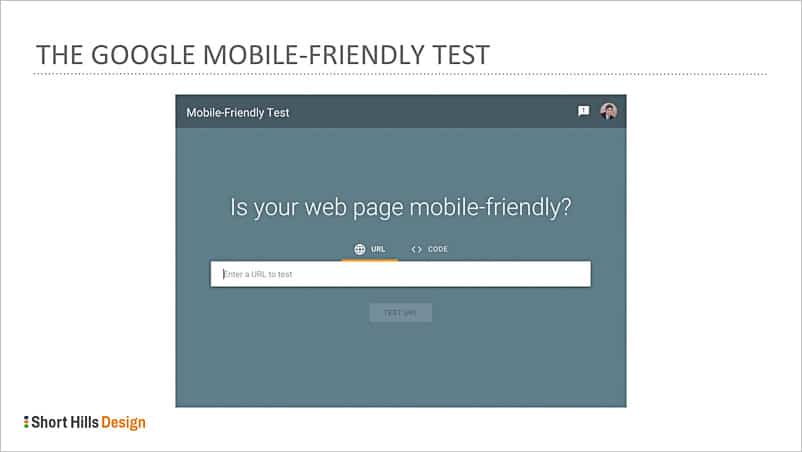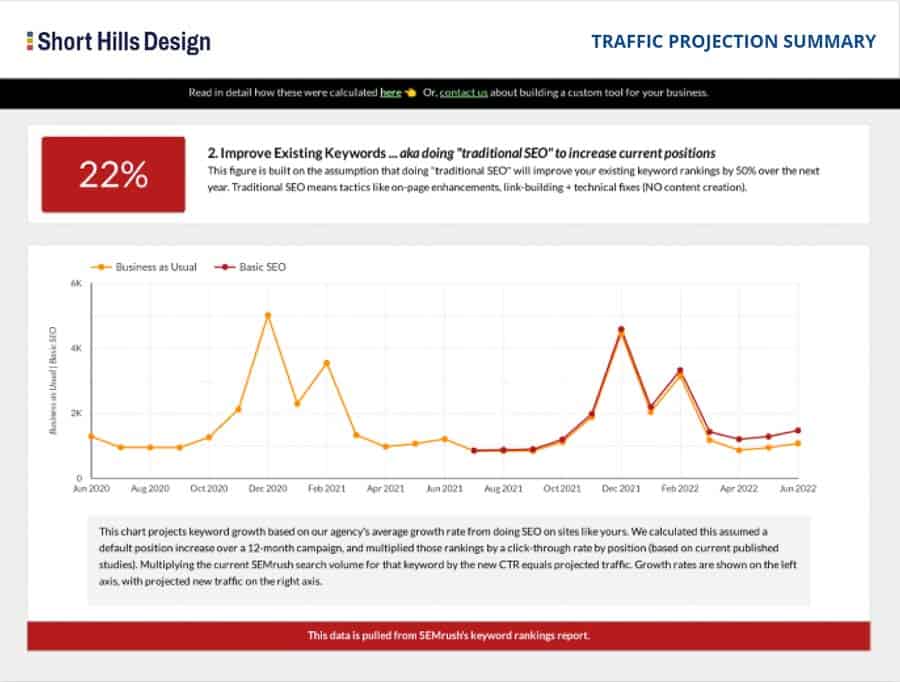
Responsive Design is often called "mobile-friendly" or "mobile ready" but responsive design is a broader term.
Responsive design is the concept that a website will display in a particular way based upon the screen on which it's being displayed. Thus, the modern way to think about a website is like the old adage from science class that, "a liquid takes the form of its container."

The underlying code for a responsive dental website doesn't change -- what DOES change is the style. The table below shows a few elements from a website and what changes or doesn't change based on the device re: responsive design.
| Website Element | Desktop | Responsive (tablet, smartphone) |
|---|---|---|
| text | no change | no change |
| image sizes | standard | reduced for smaller screens and to conserve bandwidth |
| hero/slider area | standard | modified so there's no slider, or removed completely and replaced with text. |
| navigation | standard | condensed on a tablet, replaced with the hamburger icon on a smartphone. |
No way! In 2022 every website should be built in a responsive manner. You can check to see how well your site performs on a mobile device by using Google's Mobile-Friendly testing tool. It will a) show you what your site looks like on a mobile device, and it will let you know b) if there are any mobile-related issues on your site that should be fixed (e.g. "elements too close together").

Questions about responsive design or about results from the mobile-friendly test? Get in touch with us today so we can help!

